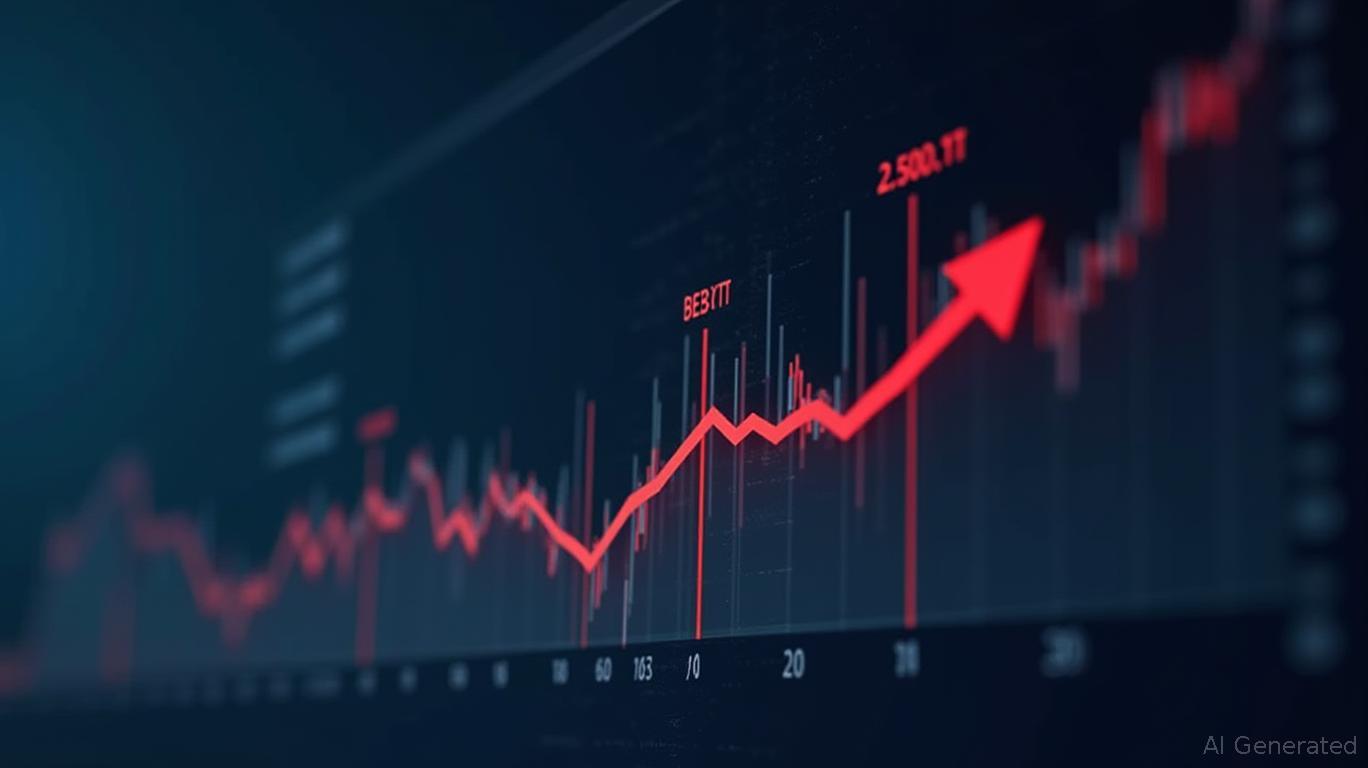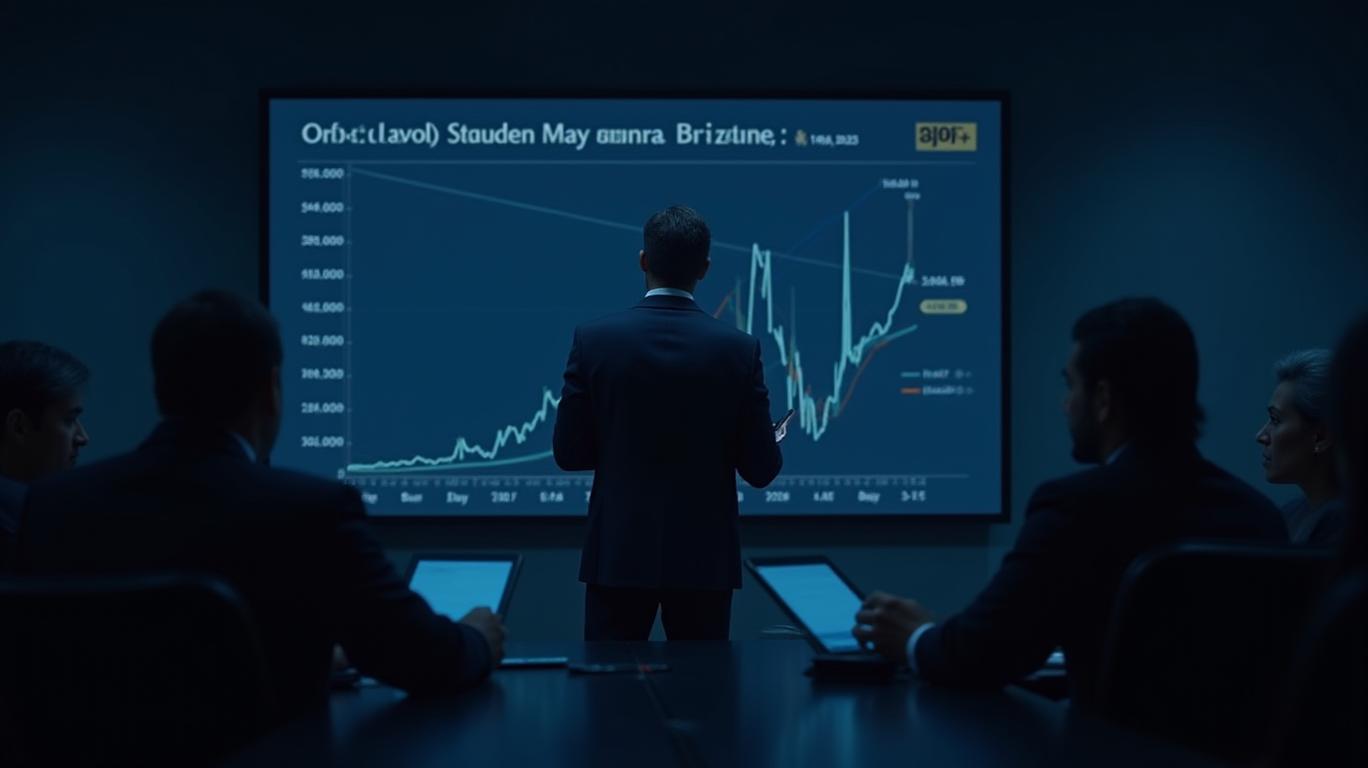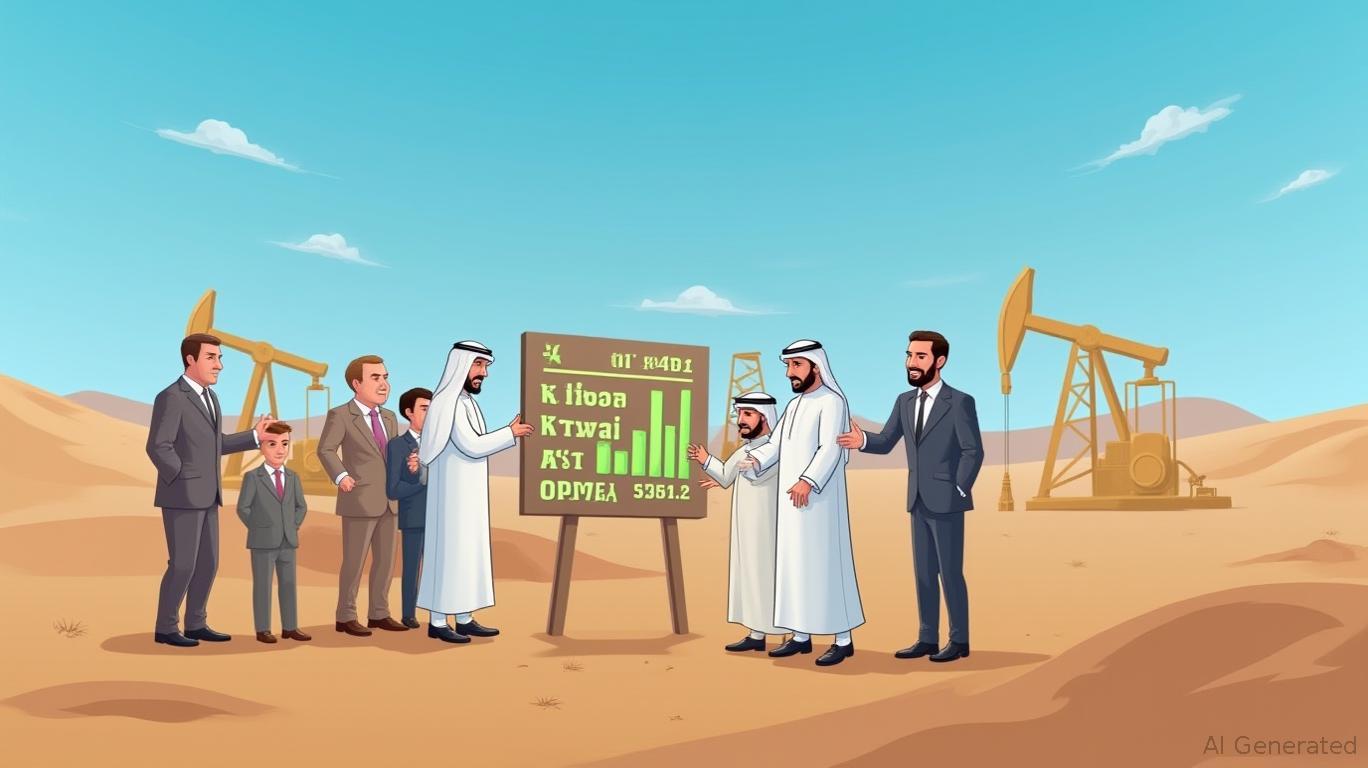OPEC+'s Output Surge: A Precarious Gamble in a Volatile Market
The oil market is at a crossroads. OPEC+ has announced a sharp acceleration of production increases, reversing its 2023 voluntary cuts at an unprecedented pace. This decision—driven by geopolitical pressures, compliance concerns, and a bid to reclaim market share—has sent shockwaves through global crude prices, which have plummeted to four-year lows. But what does this mean for investors? Let’s dissect the dynamics at play.
Ask Aime: How does OPEC+'s sharp production increase impact crude oil prices and investor strategies?

The Acceleration: A Strategic Shift or Desperation?
The eight OPEC+ members—led by Saudi Arabia and Russia—agreed to boost output by 411,000 barrels per day (bpd) in May and June 2025, split into three monthly increments. This marked a stark departure from their original single-increment plan, signaling a pivot toward prioritizing market share over price stability. Key targets included Saudi Arabia’s production rising to 9.2 million bpd and Russia’s to 9.08 million bpd, while the UAE committed to a phased 300,000 bpd increase over 18 months.
But the timing was problematic. Brent crude had already fallen to below $60 per barrel before the decision, driven by U.S.-China trade tensions and revised demand forecasts. The output surge only exacerbated the decline: Brent closed at $61.29 before the June announcement and plunged a further 6% afterward.
The Market’s Brutal Response
Analysts have slashed price forecasts, painting a bleak picture for 2025 and beyond:
- Goldman Sachs now expects Brent to average $66/b in 2025, down from $71, while WTI is projected at $62/b.
- Standard Chartered cut its 2025 Brent forecast to $61/b, with 2026 prices revised to $78/b.
- The EIA’s latest report anticipates global oil inventories will grow by 0.6 million bpd in Q2 2025, pushing prices toward $68/b in 2025 and $61/b by 2026.
The Demand Dilemma
Weak demand is compounding the oversupply crisis. The EIA revised global demand growth downward to 1.3 million bpd in 2025, citing U.S.-China trade conflicts and sluggish OECD consumption. Meanwhile, U.S. tariffs on Canadian and Mexican crude—effective April 2025—are expected to disrupt 70% of U.S. imports, flooding non-U.S. markets and worsening the surplus.
Supply-Side Pressures: A Race to the Bottom?
Non-OPEC+ production is also surging. The Americas alone are projected to add 1.5 million bpd in 2025, led by U.S. shale and Brazilian/Guyanese projects. But compliance within OPEC+ remains shaky:
- Kazakhstan exceeded its March quota by 422,000 bpd, and Iraq has consistently overproduced, undermining the group’s cohesion.
- Saudi Arabia’s frustration with such “free-riders” hints at internal tensions. The kingdom’s strategy—accelerating output hikes to enforce discipline—risks a price war if non-compliance persists.
Geopolitical Crosscurrents
The decision reflects geopolitical calculus as much as economics. Saudi Arabia, under U.S. pressure to keep prices low ahead of President Trump’s Middle East visit, faces a balancing act: satisfy Washington while maintaining OPEC+ unity. Meanwhile, Russia’s output increase is a defiant move amid Western sanctions, signaling its resolve to sustain exports.
Investors: Navigating the Storm
The OPEC+ surge has created a high-stakes environment for investors. Key considerations:
1. Energy Stocks: Firms like Exxon Mobil (XOM) and Chevron (CVX) face headwinds as prices weaken. Their valuations are increasingly tied to cost discipline and hedging strategies.
Hedging Strategies: Short positions in oil ETFs (e.g., USO) or long positions in inverse ETFs (e.g., DNO) could capitalize on the downward price trend.
Diversification: Gold and industrial metals—traditionally safe havens—may outperform as macroeconomic risks rise.
Long-Term Risks: OPEC+’s credibility hinges on compliance. If non-compliant members continue to undercut quotas, the group’s influence could erode, leading to prolonged oversupply.
Conclusion: A Price Collapse Looms—Are Markets Ready?
The OPEC+ output surge underscores a fundamental shift: the cartel is prioritizing market share over price stability, even at the cost of triggering a price collapse. With non-OPEC+ supply booming, demand weakening, and inventories swelling, the EIA’s forecast of $61/b by 2026 may prove optimistic.
Investors must brace for prolonged volatility. Key triggers to monitor include:
- U.S.-China trade negotiations and tariff impacts.
- Compliance within OPEC+ and Saudi Arabia’s ability to enforce discipline.
- Non-OPEC+ production growth, particularly in the Permian Basin.
The path forward is fraught with uncertainty, but one thing is clear: the era of $80+ oil may be over. Prudent investors will focus on agility—diversifying portfolios, hedging downside risks, and preparing for a prolonged era of lower crude prices.










